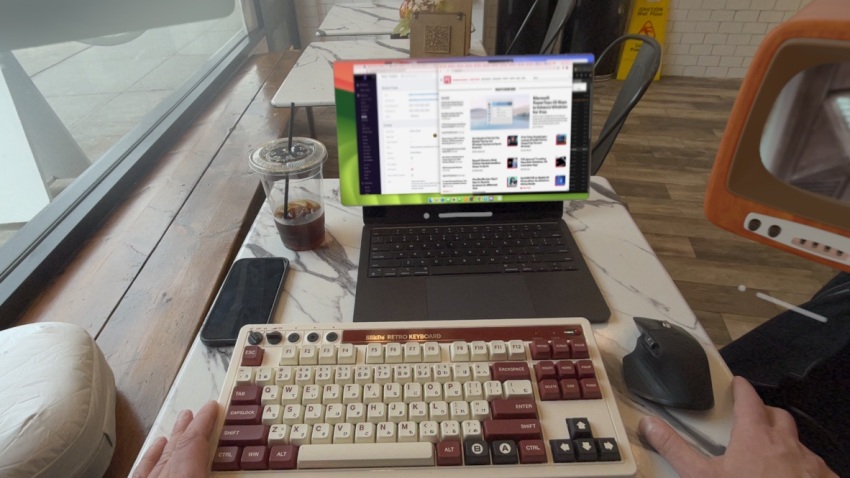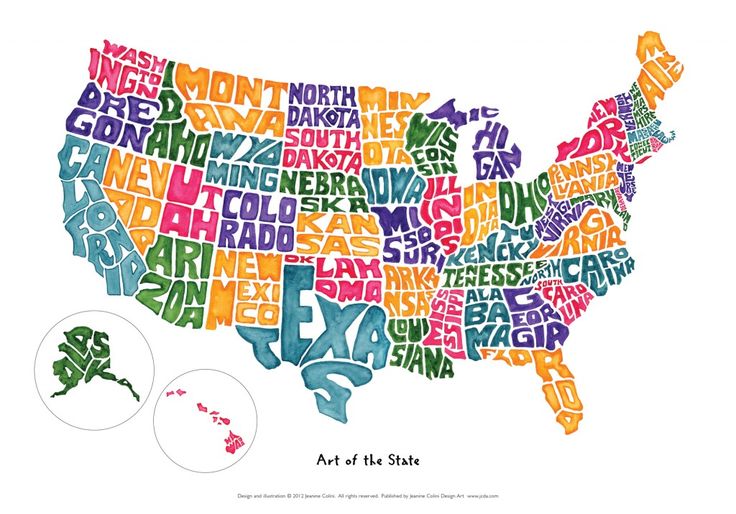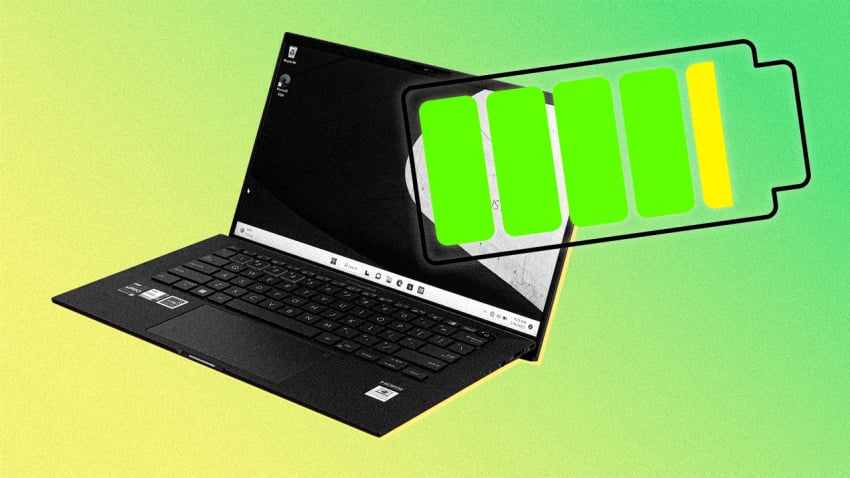Connecting the Apple Vision Pro to a Mac is a seamless process, leveraging Apple’s ecosystem for integration. As of now, Apple hasn’t officially detailed specific instructions for connecting the Vision Pro to a Mac, but based on their emphasis on continuity across devices, it is expected that the Vision Pro will connect similarly to other Apple devices.
Here’s a general overview of how this might work based on Apple’s technologies like Continuity and AirPlay:
1. Using AirPlay (Likely Method)
- Step 1: Make sure both your Mac and Apple Vision Pro are on the same Wi-Fi network.
- Step 2: On your Mac, open Control Center (available in the menu bar) and select Screen Mirroring.
- Step 3: Look for your Apple Vision Pro device in the list of available devices and click it.
- Step 4: Your Mac’s display should now mirror or extend to the Vision Pro, allowing you to view and interact with the Mac’s content in your spatial computing environment.
2. Using Continuity Features
- Continuity could allow the Vision Pro to act as an extension of your Mac. For example, files could be dragged between devices, or macOS apps could be projected into the Vision Pro’s interface using hand gestures or voice commands.
3. Direct USB-C Connection (Potential)
- Apple may enable a more stable wired connection for high-demand tasks. If a wired connection is possible, you would likely need:
- A USB-C cable to connect the Vision Pro to your Mac’s USB-C port.
- Once connected, the Vision Pro might automatically detect and prompt you to confirm the connection, projecting your Mac’s display into the Vision Pro.
4. Using Bluetooth for Input (Optional)
If you use an external keyboard or trackpad with the Vision Pro, these Bluetooth devices should pair with the Vision Pro to control apps on the projected Mac display.
Expected Functionality:
- Extending or Mirroring Mac Displays: Once connected, you can likely use Vision Pro to either mirror your Mac’s screen or extend it, similar to using an external monitor.
- App Support: Use Vision Pro to interact with macOS apps in a 3D environment, possibly enhancing productivity for tasks like video editing, graphic design, or coding.
- Mac and iCloud Sync: Your files, settings, and apps will likely sync between Vision Pro and your Mac via iCloud for a unified experience.
As Vision Pro evolves, Apple may release more specific guidelines. For now, these methods represent probable ways to connect Vision Pro to a Mac based on Apple’s existing ecosystem.


















Leave a Reply